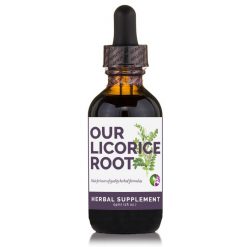No products in the cart.
New
Astragalus Root Extract
$33.95
Herbal Tincture Extracted from: Dried root
Also known as: Astragalus membranaceus
Astragalus is a plant within the Leguminosae (beans or legumes) family, with a very long history as an immune system booster and disease fighter. Its roots are in Traditional Chinese Medicine, in which it’s been used as an adaptogen for thousands of years — meaning it helps the body fight off stress and disease. Today, astragalus medicinal healing and treatment uses span many different illnesses and diseases.
In Traditional Chinese Medicine, the herb was hailed as a protector against stresses, both mental and physical. Astragalus provides health benefits to a number of body systems and ailments. Although more studies in humans are needed to solidify its effectiveness, success in rats, mice and other animals have prompted progressive research on the herb.
In stock





Be the first to review “Astragalus Root Extract”
You must be logged in to post a review.